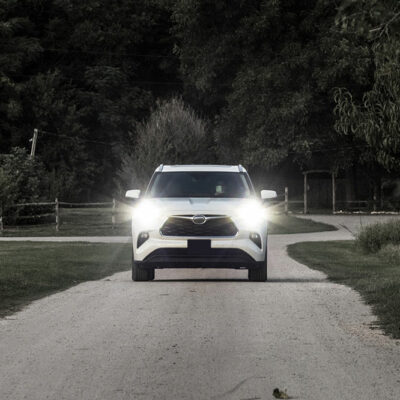
6 mistakes to evade while buying an e-bike
Bicycles have become increasingly popular in the last few years. While people looked for ways to stay fit outside the gym and alternatives for public transportation, the sale of e-bikes rose by leaps and bounds. Rising gas prices further fueled the e-bike trend. With price tags ranging between $1,000 to $10,000, an e-bike is a serious investment. Here are six mistakes to avoid when looking for the right electric bike model for yourself: Buying the least expensive bike Quality is worth paying for when purchasing an e-bike. Cheap parts can wear out within the first 500 miles, and replacement parts may be difficult to source. So instead of buying the cheapest option, look for one that offers great quality and an attractive warranty. Not comparing batteries E-bike batteries differ in output based on their brand and manufacturer. So before making a purchase, check the peak voltage and amp hours to find the best fit for your biking needs. Not understanding drive system differences E-bikes generally offer two different drive systems – mid-drive and hub motors. Mid-drive systems are typically lighter, more efficient, and a natural extension of your efforts. They are easy to drive on flat grounds. On the other hand, hub motors are typically heavier but more powerful for hill climbing.
Read Article 









